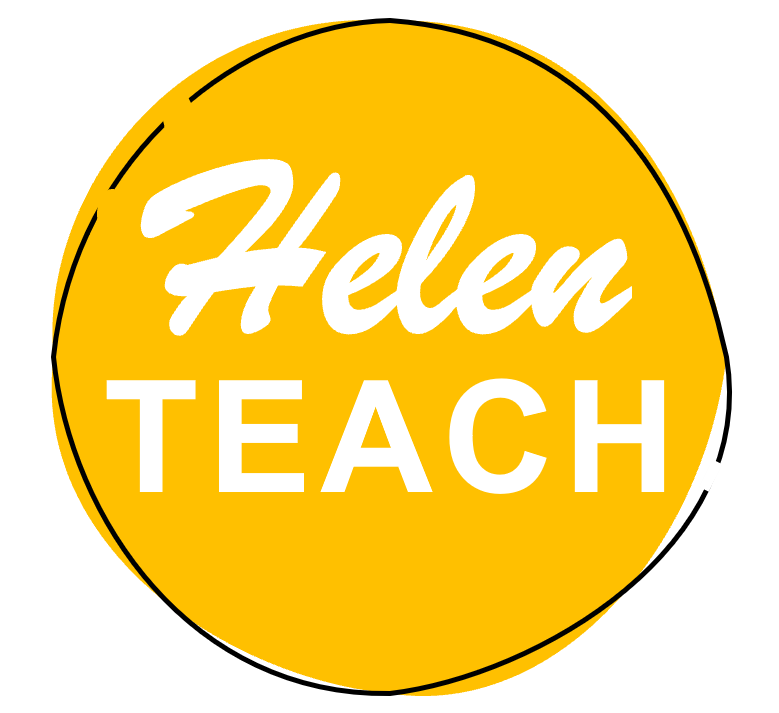


An example explanation text entitled ‘How Do Bees Make Honey?’ plus feature identification sheet, answer sheet, and causal conjunctions and adverbials list.
This fascinating exemplar explanation text describes the process of honey-making by honeybees. Pupils read the model text as a WAGOLL before analysing it and looking for features of explanation writing. The answers to the feature identification sheet are included for easy sharing in the classroom or online if remote learning.
Pupils can then use the example explanation text as a model for their own explanation writing.
This scientific text has cross-curricular links to the following units in the science curriculum:
✎ Year 3: Plants - explore the part that flowers play in the life cycle of flowering plants, including pollination, seed formation and seed dispersal;
✎ Year 3: Animals Including Humans - identify that animals, including humans, need the right types and amount of nutrition, and that they cannot make their own food; they get nutrition from what they eat;
✎ Year 4: Living Things and Their Habitats - recognise that living things can be grouped in a variety of ways;
✎ Year 4: Animals Including Humans - construct and interpret a variety of food chains, identifying producers, predators and prey;
✎ Year 4: States of Matter - identify the part played by evaporation and condensation in the water cycle and associate the rate of evaporation with temperature;
✎ Year 5: Living Things and Their Habitats - describe the life process of reproduction in some plants and animals;
✎ Year 6: Living Things and Their Habitats - give reasons for classifying plants and animals based on specific characteristics;
✎ Year 6: Evolution and Inheritance - identify how animals and plants are adapted to suit their environment in different ways and that adaptation may lead to evolution.
The features found this text include:
• Chronological order with time conjunctions or adverbs
• Fronted adverbials with a comma after each
• Present tense
• Technical vocabulary
• Diagram/picture with labels
• Captions
• Cause and effect vocabulary
• Passive voice
• Singular possessive apostrophes
• Plural possessive apostrophes
• Semi-colons
• Brackets
• Dashes
All files are in editable Word format and PDF format.
If you buy this resource and are pleased with your purchase, leave a review and receive another up to the value of this one for free. Just email helen-teach@outlook.com with your username, the reviewed resource and the resource you would like for free.
You may also like:
✦ Daily Grammar & Writing Nuggets with Answers - WholeTerm BUNDLE
✦ Direct Speech Punctuation Activities
Visit Helen-Teach’s Shop for more resources.
Something went wrong, please try again later.
Really great resource, in depth and appropriate for year 6. Explanation text is one page and isn't too much for children to read. I like that the resource is editable, I was able to add some more parenthesis or even make this sheet into a gap fill for understanding conjunctions and adverbials. Great thank you!
Report this resourceto let us know if it violates our terms and conditions.
Our customer service team will review your report and will be in touch.